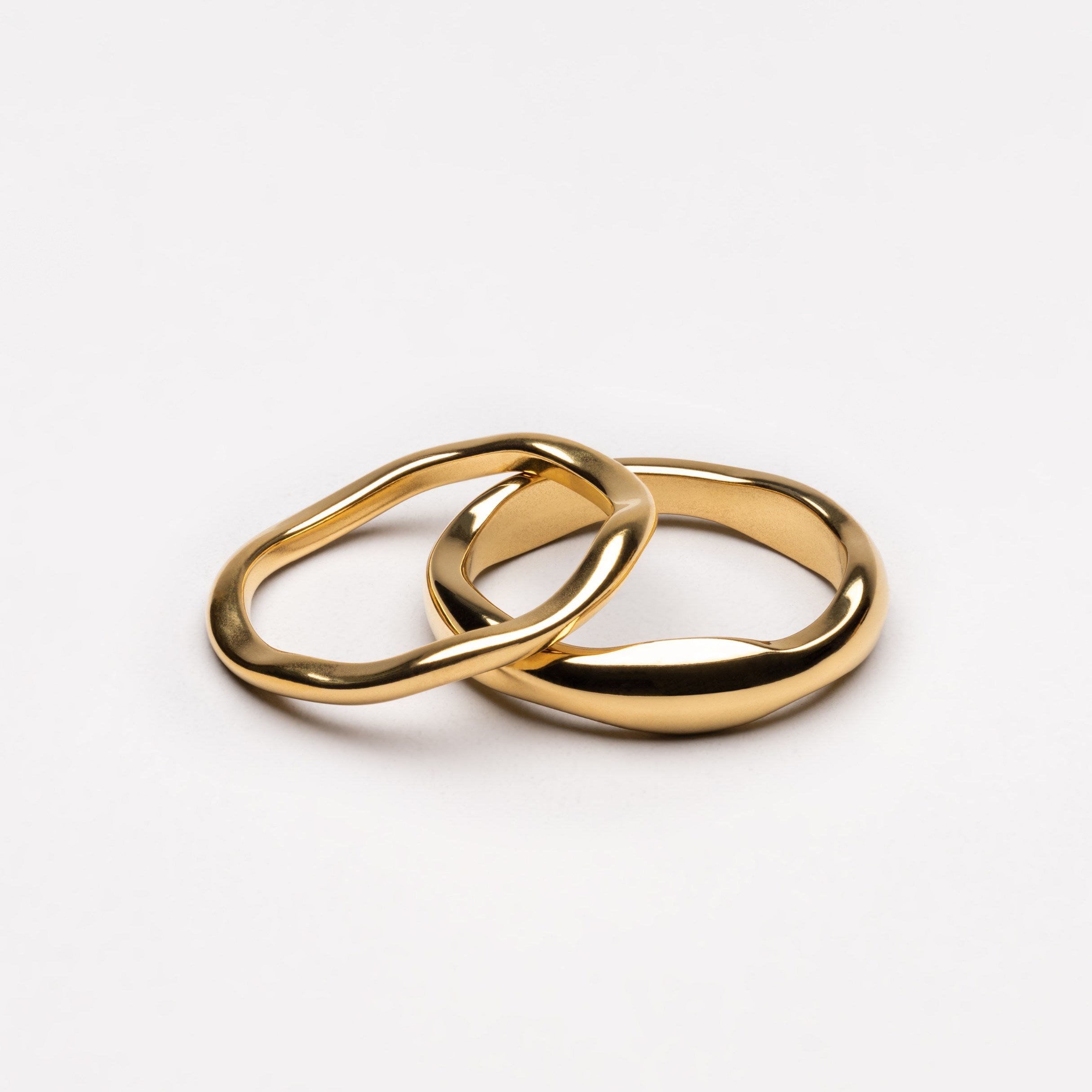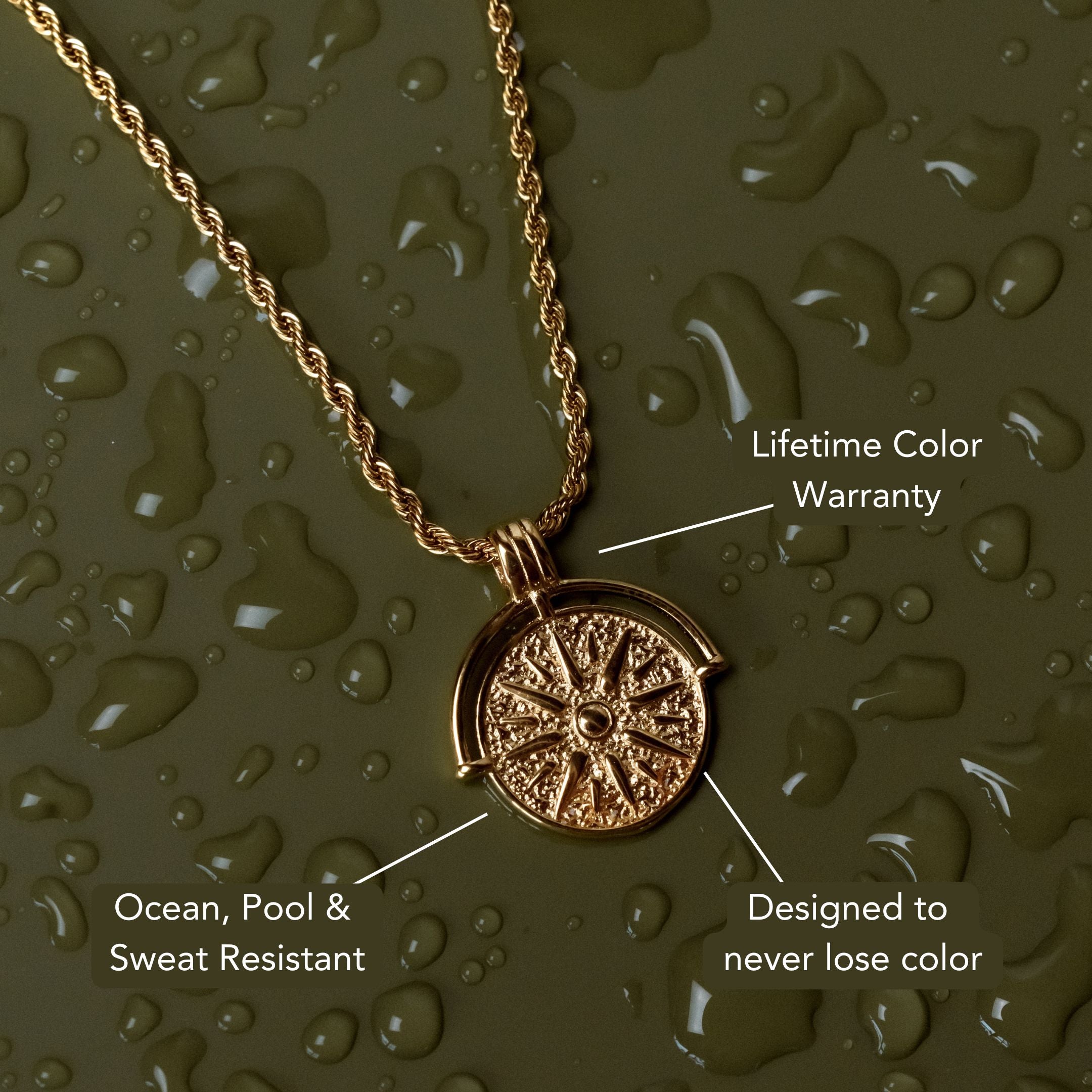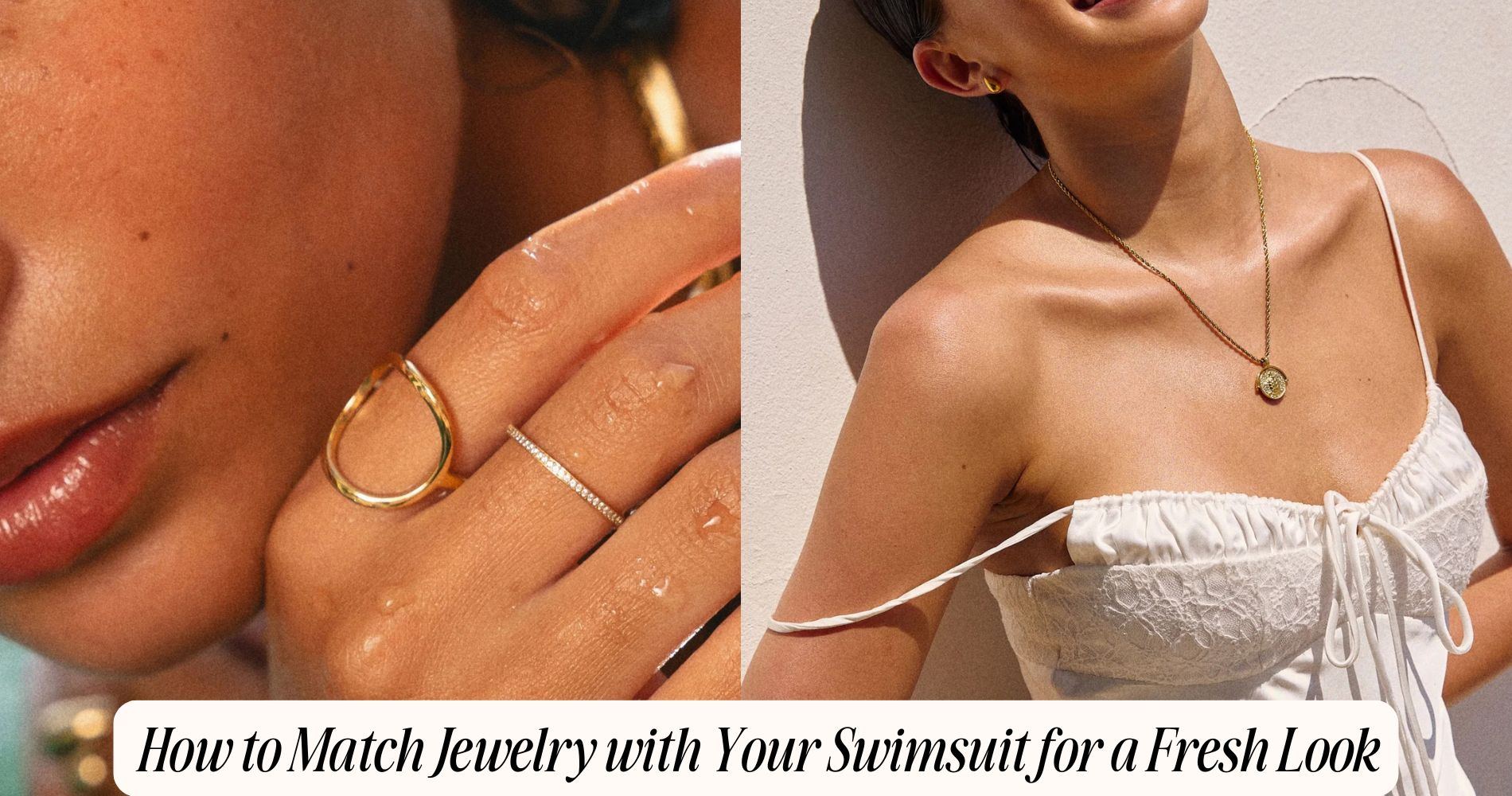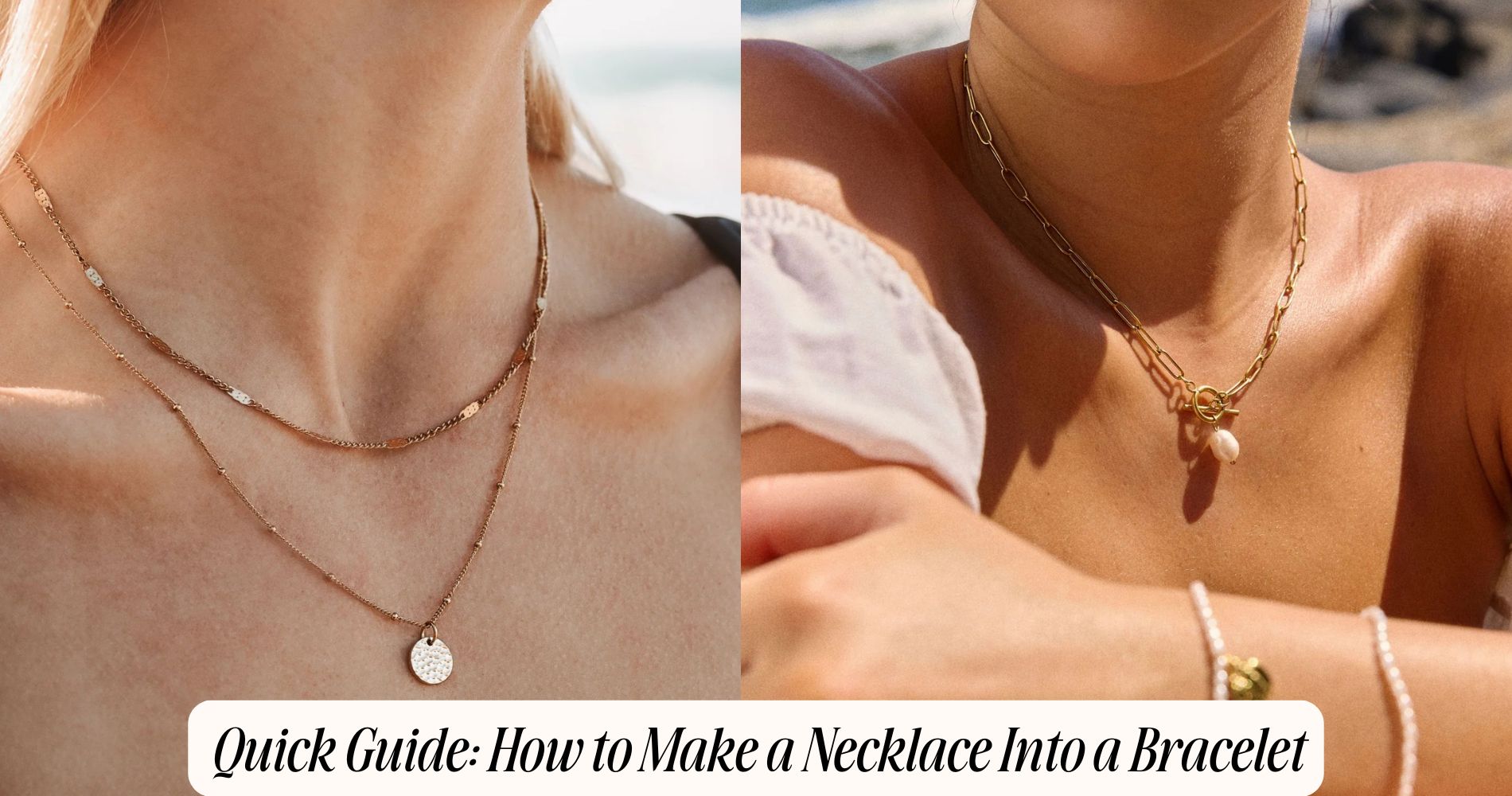
Is Stainless Steel Good for Earrings? What You Must Know
Is stainless steel good for earrings? Absolutely—it's one of the best choices if you're looking for durability, corrosion resistance, and hypoallergenic properties. Stainless steel is specially engineered to resist tarnish, fading, and bending, making it ideal even for those with sensitive ears. Surgical-grade options are particularly popular for their low nickel release, reducing the risk of irritation. Plus, maintenance is easy thanks to its protective oxide layer that keeps your earrings looking like new. Curious about how it compares to other materials or the variety of styles out there? Explore our allergy-free earrings designed for comfort and lasting beauty.
Key Properties of Stainless Steel Earrings
When choosing stainless steel earrings, you benefit from a material that's renowned for its durability, corrosion resistance, and hypoallergenic nature. Stainless steel’s chromium content forms a passive oxide layer that shields your earrings from oxidation and rust, giving you impressive tarnish resistance even with daily wear.
This alloy maintains its luster and structural integrity, so you won’t deal with fading, scratches, or deformation as often as with softer metals. A major advantage is the hypoallergenic benefits; stainless steel minimizes the risk of allergic reactions due to its low nickel release.
You can wear these earrings confidently in humid or active environments, knowing they’ll resist discoloration and maintain their finish. Overall, stainless steel earrings deliver robust performance and long-lasting aesthetic appeal.
Safety for Sensitive Ears
Although many earrings contain metals that can trigger skin irritation, stainless steel stands out for its biocompatibility and minimal nickel release.
If you have metal allergy concerns, you'll appreciate that surgical-grade stainless steel offers hypoallergenic properties, making it a suitable choice for sensitive ears.
Unlike alloys that leach high levels of nickel or copper, stainless steel's composition is engineered to resist corrosion and limit surface reactions.
You’ll find that the passive oxide layer on stainless steel prevents direct skin contact with reactive metals, reducing the risk of contact dermatitis.
When selecting earrings, it’s prudent to choose grades such as 316L or 304 stainless steel, as they’re specifically formulated to minimize allergenic potential.
This makes stainless steel a reliable option for those prioritizing ear safety.
Durability and Longevity of Stainless Steel
Thanks to its robust metallurgical structure, stainless steel excels in both durability and longevity, making it an ideal material for everyday earrings. You’ll appreciate that stainless steel contains iron, chromium, and nickel, which form a passive oxide layer on the surface.
This layer delivers excellent corrosion resistance, shielding your earrings from tarnish, rust, and discoloration—even with frequent exposure to moisture or skin oils. Unlike softer metals, stainless steel resists deformation and scratches, so your earrings retain their original finish over time.
Its hypoallergenic benefits result from minimal nickel release, reducing the risk of skin irritation for most wearers. You won’t need to worry about constant maintenance or premature degradation, as stainless steel maintains its structural integrity and appearance, supporting long-term, reliable wear.
How Stainless Steel Compares to Other Earring Metals
While evaluating earring materials, stainless steel stands out due to its unique combination of strength, corrosion resistance, and hypoallergenic properties.
When compared to common alternatives like sterling silver, gold, titanium, and nickel alloys, stainless steel offers superior durability and resists tarnish and oxidation.
Unlike nickel-based alloys, it provides hypoallergenic benefits, making it suitable for sensitive skin.
Gold and titanium also offer hypoallergenic properties, but gold is softer and more prone to scratching, while titanium can be more expensive.
Stainless steel’s environmental impact is relatively low, as it’s highly recyclable and requires less energy to produce than precious metals.
Ultimately, if you seek a material that balances cost, hypoallergenic performance, and eco-friendliness, stainless steel is a technically sound choice for earrings.
Maintenance and Cleaning Tips
Since stainless steel is prized for its resistance to tarnish and corrosion, maintaining its appearance requires only minimal care. For ideal results, establish regular cleaning routines using mild soap and warm water. Gently scrub with a soft cloth or a non-abrasive brush to remove surface oils and debris. Pat dry thoroughly to prevent water spots.
Unlike silver or copper, stainless steel doesn't require special polishes for tarnish prevention, as its chromium oxide layer naturally inhibits oxidation.
Avoid harsh chemicals or chlorine, as prolonged exposure can degrade the protective surface. If your earrings accumulate stubborn residue, consider using a solution of baking soda and water for deeper cleansing.
Store your stainless steel earrings separately from softer metals to prevent scratches and preserve their luster over time.
Style and Design Options Available
Because stainless steel offers impressive versatility in fabrication, you’ll find earrings available in a diverse array of styles and finishes. You can choose from high-polish hoops, brushed studs, or intricate laser-cut designs that reflect current fashion trends.
Stainless steel’s malleability enables designers to replicate luxury looks—like those seen on celebrity favorites—at an accessible price point. Its corrosion resistance supports the addition of colored plating, inlays, or gemstone accents without compromising durability.
If you’re after minimalist elegance or bold statement pieces, stainless steel adapts well to geometric, organic, and avant-garde forms. Hypoallergenic properties mean even sensitive ears can embrace trend-driven or classic aesthetics.
Whether you're seeking timeless simplicity or pieces that echo runway inspiration, stainless steel earrings offer technical excellence and diverse design flexibility.
Frequently Asked Questions
Can Stainless Steel Earrings Be Resized or Repaired Easily?
When you consider the resizing process for stainless steel earrings, you'll find it's challenging due to the metal's hardness. Repair options exist, but jewelers need specialized tools and techniques, making resizing or repairs more complex than softer metals.
Are Stainless Steel Earrings Magnetic?
You'll notice stainless steel earrings can exhibit magnetic properties, but it depends on their metal composition. Alloys with higher iron content, like 400-series stainless steel, are more magnetic, while 300-series alloys remain largely non-magnetic in practical applications.
Is Stainless Steel Suitable for Newly Pierced Ears?
You should choose stainless steel for newly pierced ears because it’s a hypoallergenic material, reducing allergic reactions. Its tarnish resistance guarantees durability. Always verify the alloy type—implant-grade stainless steel (such as 316L) offers ideal biocompatibility and safety.
Do Stainless Steel Earrings Contain Nickel?
You'll find that most stainless steel earrings do contain some nickel, which can trigger nickel allergies in sensitive individuals. However, certain stainless steel grades, like surgical steel, offer hypoallergenic properties due to their lower nickel release rates.
Are Stainless Steel Earrings Heavy to Wear?
When evaluating stainless steel earrings, you’ll notice their weight considerations depend on design and thickness. Generally, they’re lightweight, so you won’t experience discomfort. Stainless steel’s density provides a comfortable balance, maintaining a high comfort level during extended wear.
Conclusion
Stainless steel earrings offer you an impressive combination of durability, hypoallergenic properties, and corrosion resistance. If you have sensitive ears, you’ll likely appreciate their biocompatibility and reduced risk of irritation. Compared to metals like silver or gold, stainless steel is far less prone to tarnishing or deformation. With minimal maintenance, your earrings will retain their shine and structural integrity. If you value longevity, safety, and diverse designs, stainless steel is an excellent earring material choice.
























Leave a comment
This site is protected by hCaptcha and the hCaptcha Privacy Policy and Terms of Service apply.